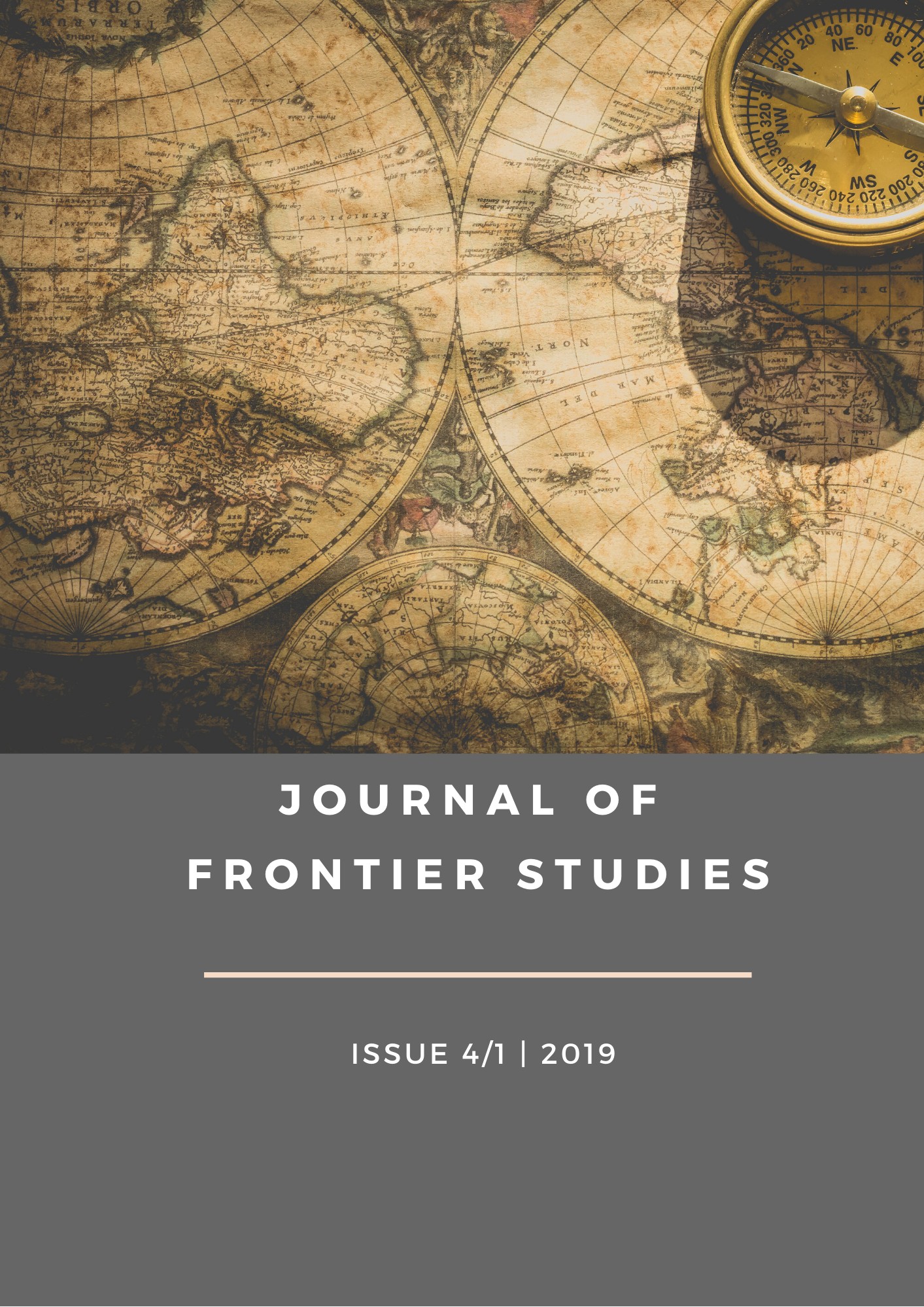Abstract
"We were driving through Death Valley, an American-Australian and two Aussies, taking the scenic route from Las Vegas to Santa Cruz". This multi-voiced account of multispecies encounters along a highway takes up the challenge of playful and humorous writing that is as well deeply serious and theoretically provocative. Our travels brought us into what Donna Haraway calls the contact zone: a region of recognition and response. The contact zone is a place of significant questions: ‘Who are you, and so who are we? Here we are, and so what are we to become?’ Events were everything in this ecology of play, in which the movements of all the actors involved the material field in its entirety. We were brought into dances of approach and withdrawal, dances emerging directly, to paraphrase Brian Massumi, from the dynamic relation between a myriad of charged particles.
References
Bateson, G. (1973). Steps to an Ecology of Mind. London: Granada Publishing.
Bekoff, M., & Byers, J. A. (1981). A Critical Reanalysis of the Ontogeny and Phylogeny of Mammalian Social and Locomotor Play: An Ethological Hornet's Nest. В K. Immelmann (Ред.), Behavioral Development: The Bielefield Interdisciplinary Conference. Cambridge: Cambridge University Press.
Clifford, J. (1997). Travel and Translation in the Late Twentieth Century. Cambridge, Mass.: Harvard University Press.
Ficken, M. S. (1977). Avian Play. The Auk(94), 578.
Fox, C. (2009). Living with Coyotes in North America: Challenges and Opportunities. The Minding Animals Conference, Newcastle, New South Wales, 13–18 July 2009.
Fox, C., & Papouchis, C. (2005). Coyotes in Our Midst: Coexisting with an Adaptable and Resilient Carnivore. Sacramento: Animal Protection Institute. Retrieved from http://www.infurmation.com/pdf/CoyoteBook.pdf.
Haraway, D. (1997). Modest_Witness@Second_Millenium.FemaleMan©_Meets_OncoMouse™: Feminism and Technoscience. New York and London: Routledge.
Haraway, D. (2008). When Species Meet. Minneapolis: University of Minnesota Press.
Heinrich, B. (2006). Mind of the Raven: Investigations and Adventures with Wolf¬Birds. New York: Harper Perennial.
Lehner, P. (1978). Coyote Communication. In M. Bekoff (Ed.), Coyotes: Biology, Behavior, and Management. New York: Academic Press.
Massumi, P. B. (2002). Introduction: Like a Thought. In B. Massumi (Ed.), A Shock to Thought: Expression after Deleuze and Guattari (pp. 24-25). London & New York: Routledge.
Murie, A. (1940). Fauna of the National Parks of the United States: Ecology of the Coyote in the Yellowstone (Fauna Series no. 4 ed.). Washington DC: United States Government Printing Office. Retrieved from http://www.nps.gov/history/history/online_books/fauna4/fauna3a.htm.
Ortega, J. C., & Bekoff, M. (1987). Avian Play: Comparative Evolutionary and Developmental Trends. The Auk(104), 339.
Pratt, M. L. (1992). Imperial Eyes: Travel Writing and Transculturation. London: Routledge.
Sax, B. (2003). Crow. London: Reaktion Books.
Scientists Estimate Risk of Raven Predation on Desert Tortoises in the Western Mojave Desert. (2003). Retrieved from US Geological Survey: http://www.usgs.gov/newsroom/article.asp?ID=160
Tribe, T. S. (2009, August 9). History of the Timbisha Shoshone Tribe. Retrieved from http://www.timbisha.org/history.htm

This work is licensed under a Creative Commons Attribution-NonCommercial-NoDerivatives 4.0 International License.

